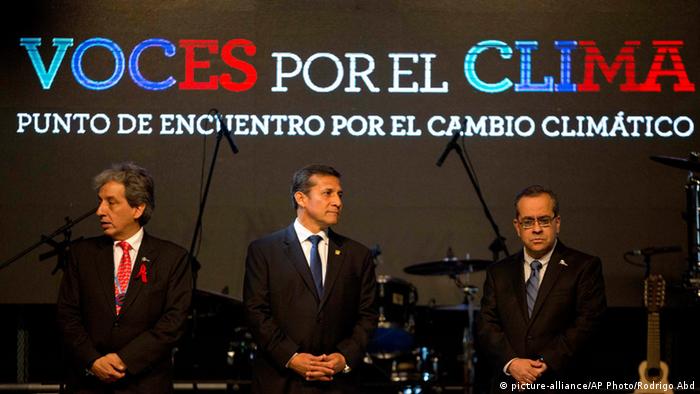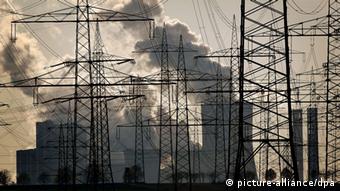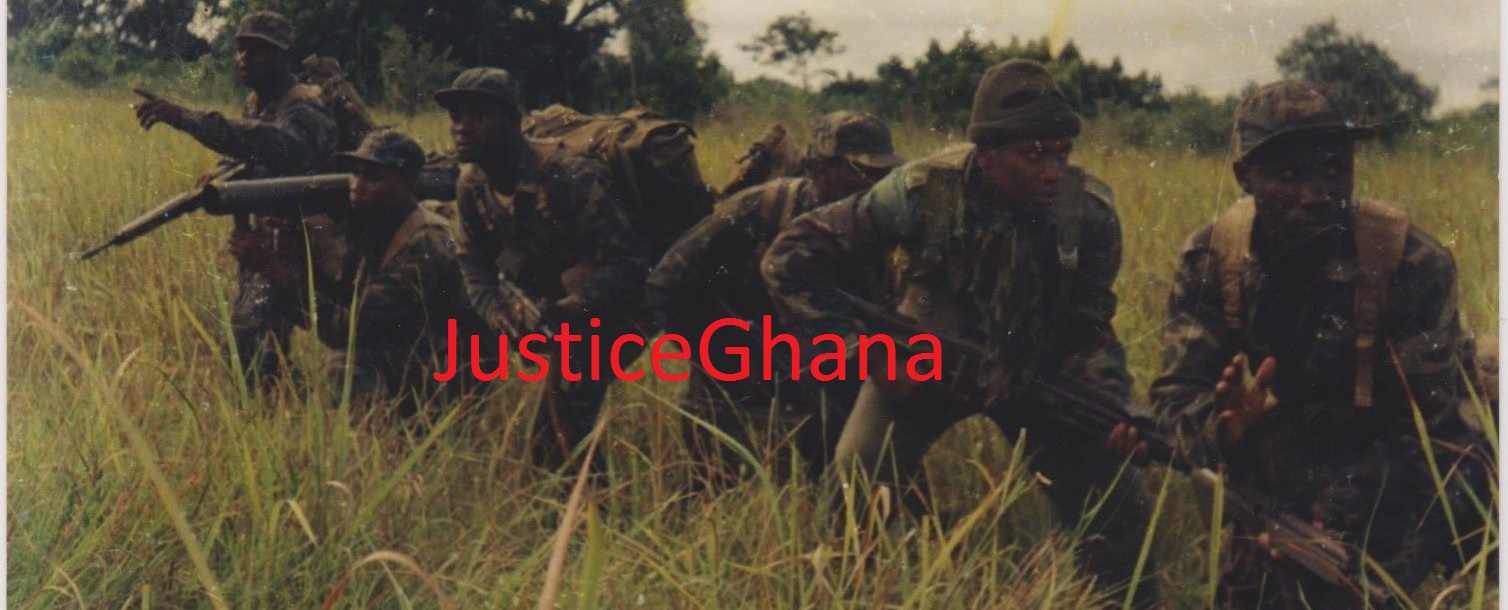Welcome
....to JusticeGhana Group

JusticeGhana is a Non-Governmental [and-not-for- profit] Organization (NGO) with a strong belief in Justice, Security and Progress....” More Details
Lima: what to expect from COP20
- Details
- Parent Category: Africa and The World
- Category: The World
- Created on Thursday, 04 December 2014 00:00
- Hits: 4786
 Lima: what to expect from COP20
Lima: what to expect from COP20
As leaders all from all around the world gather in Lima to negotiate a new climate agreement, climate expert Matthias Garschagen gives DW his take on COP20.
DW: Take us through the climate summit in Lima, what’s the process?
Back in 2009, at the Conference of the Parties (COP) in Copenhagen, everything was hoped to be achieved in just one meeting. The process now is quite different. We are now one year ahead of the climate summit in Paris, where we will hopefully come to a new climate agreement. During the meeting in Lima, we try to get the governments to talk about their pledges, their targets, to put them on the table now and not to do it just in the last minute in Paris. The aim is to implement a bottom-up procedure, in which national governments come up with so-called Intended Nationally Determined Contributions (INDC). These will be on the table in early 2015 in order to be discussed throughout the year and then decided in Paris.
What outcomes can we expect from Lima?
Rather than talking about the targets themselves, such as reducing greenhouse gas emissions or funding adaptation processes, a lot of the talks in Lima are going to be about installing a proper mechanism for the year to come, leading up to the 2015 conference in Paris.
How important is it for developing countries that a binding climate change agreement be reached in Paris in 2015?
 I think it is hugely important that, in Lima and the next year, there is an agreement that clarifies how climate adaptation funds are going to distributed. This is particularly important for developing countries, which often lack the financial capacities to adapt to the expected impacts of climate change. For example, in the large delta areas of South Asia and South East Asia, you have to adapt entire city systems and agricultural systems. And many countries’ financial capacity to do so is limited. So for the developing countries, certain agreements on how to share the costs for adaptation are hugely important.
I think it is hugely important that, in Lima and the next year, there is an agreement that clarifies how climate adaptation funds are going to distributed. This is particularly important for developing countries, which often lack the financial capacities to adapt to the expected impacts of climate change. For example, in the large delta areas of South Asia and South East Asia, you have to adapt entire city systems and agricultural systems. And many countries’ financial capacity to do so is limited. So for the developing countries, certain agreements on how to share the costs for adaptation are hugely important.
One of the big challenges the world faces, is how to manage climate change as cities become more and more densely populated. What practical guidance can be offered to cities managing climate change?
A lot of the urbanization is still ahead of us. Between 2005 and 2050, in many parts of the world urban populations are going to double. So there is a lot of potential for building climate resilient cities right in those countries. This can mean that from early on, you use risk sensitive land use planning mechanisms, make buildings more flood-proof or putting in place improved disaster risk management. So there are a lot of ways how urbanization can yield opportunities for building more climate resilient cities.
 The world’s top polluters China and the US have agreed for the first time ever to set targets to curb global warming. How significant is this to the negotiations in process in Peru?
The world’s top polluters China and the US have agreed for the first time ever to set targets to curb global warming. How significant is this to the negotiations in process in Peru?
As of current figures, roughly half of the greenhouse gases are emitted by China, the US and the European Union. Those three major parties have already put their targets on the table, maybe they are not the final targets, and maybe these will even improve. But the fact that they have already put out their targets can be a huge impetus and a very positive energy for the meeting.
What would be the worst case scenario for Lima?
The worst case scenario is that there is too much disagreement about the nitty-gritty of the conversation, for example, about whether the country groupings should be reformulated, such as definitions of a developing country, an industrialized country, or how to deal with transition countries or emerging economies. The worst-case scenario would be if parties get stuck in this conversation and lose the bigger picture. This could bring the process to a hold. But I am not pessimistic about this; I think we have got quite a positive momentum going.
 What do you hope to see at Lima?
What do you hope to see at Lima?
Adaptation money needs to arrive at the level of the communities and the households who have to do the biggest part of the adaptation. In places most affected by environmental change, adaptation action is largely happening at the community and household levels. The mechanisms to distribute the global climate change adaptation funds to that level are not strongly in place yet. A lot of this money currently is being spent on large-scale infrastructure projects, which is also necessary and reasonable. But at least a considerable part of this money should trickle down to the people and communities who actually have to adapt to climate change.
Matthias Garschagen is a Geographer and Anthropologist specialized in climate change adaptation, urban vulnerability and social resilience. He is an associate academic officer at the United Nations University in Bonn.
Date 04.12.2014
Author Charlotta Lomas
Source: Deutsche Welle




